Vassilios S. Verykios
Trustworthy AI: Securing Sensitive Data in Large Language Models
Sep 26, 2024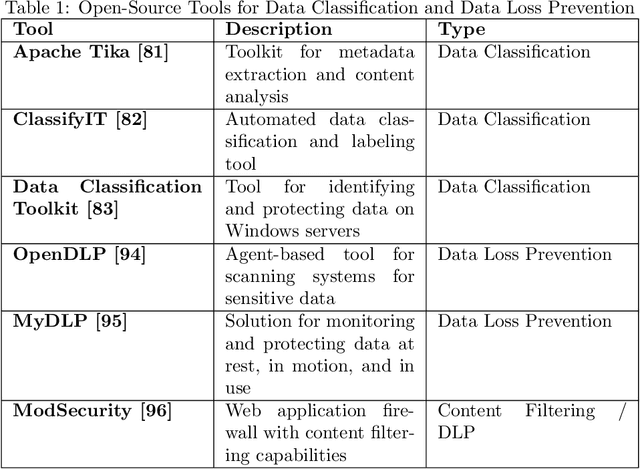

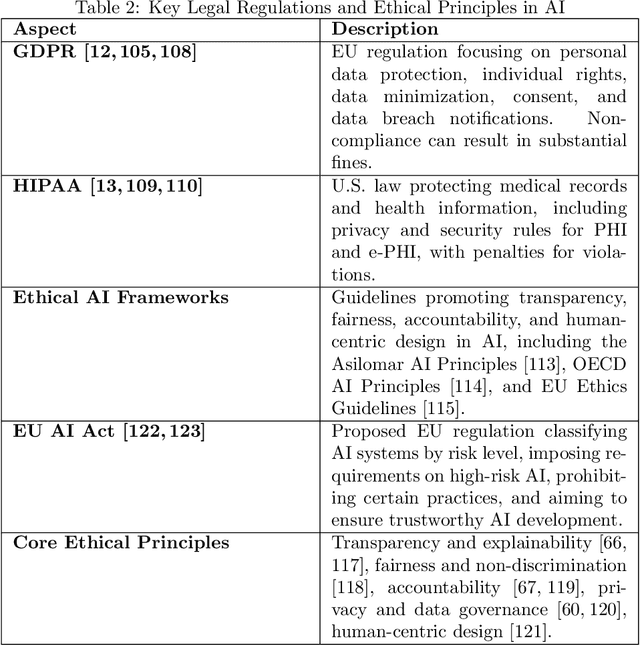
Abstract:Large Language Models (LLMs) have transformed natural language processing (NLP) by enabling robust text generation and understanding. However, their deployment in sensitive domains like healthcare, finance, and legal services raises critical concerns about privacy and data security. This paper proposes a comprehensive framework for embedding trust mechanisms into LLMs to dynamically control the disclosure of sensitive information. The framework integrates three core components: User Trust Profiling, Information Sensitivity Detection, and Adaptive Output Control. By leveraging techniques such as Role-Based Access Control (RBAC), Attribute-Based Access Control (ABAC), Named Entity Recognition (NER), contextual analysis, and privacy-preserving methods like differential privacy, the system ensures that sensitive information is disclosed appropriately based on the user's trust level. By focusing on balancing data utility and privacy, the proposed solution offers a novel approach to securely deploying LLMs in high-risk environments. Future work will focus on testing this framework across various domains to evaluate its effectiveness in managing sensitive data while maintaining system efficiency.
On Using Linear Diophantine Equations to Tune the extent of Look Ahead while Hiding Decision Tree Rules
Oct 18, 2017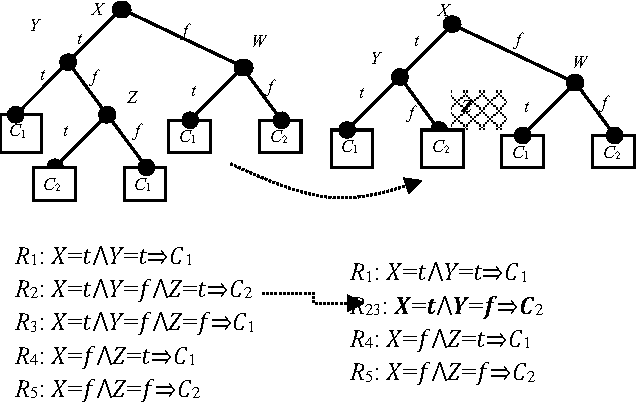
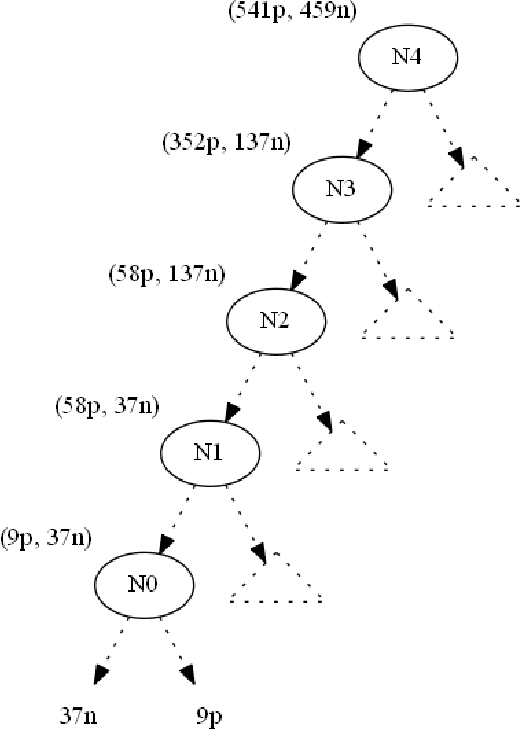

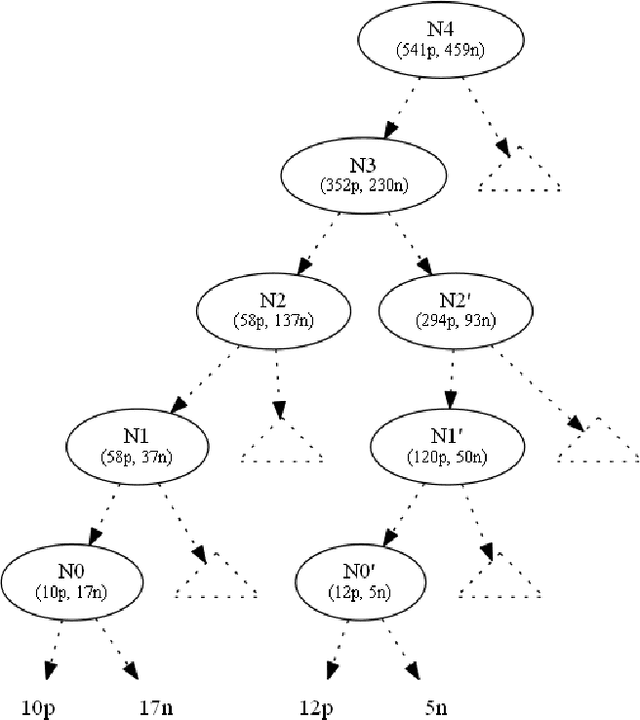
Abstract:This paper focuses on preserving the privacy of sensitive pat-terns when inducing decision trees. We adopt a record aug-mentation approach for hiding sensitive classification rules in binary datasets. Such a hiding methodology is preferred over other heuristic solutions like output perturbation or crypto-graphic techniques - which restrict the usability of the data - since the raw data itself is readily available for public use. In this paper, we propose a look ahead approach using linear Diophantine equations in order to add the appropriate number of instances while minimally disturbing the initial entropy of the nodes.
Data set operations to hide decision tree rules
Jun 18, 2017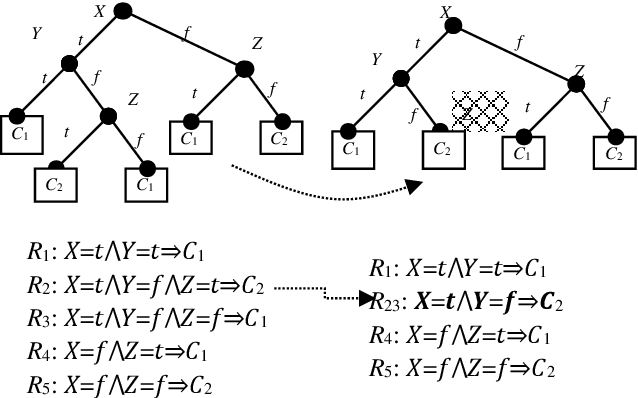
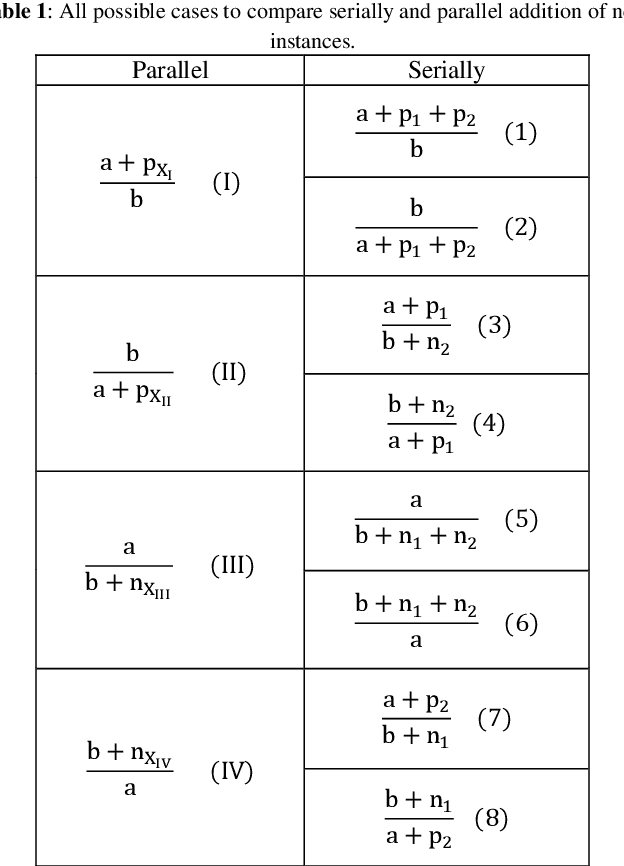
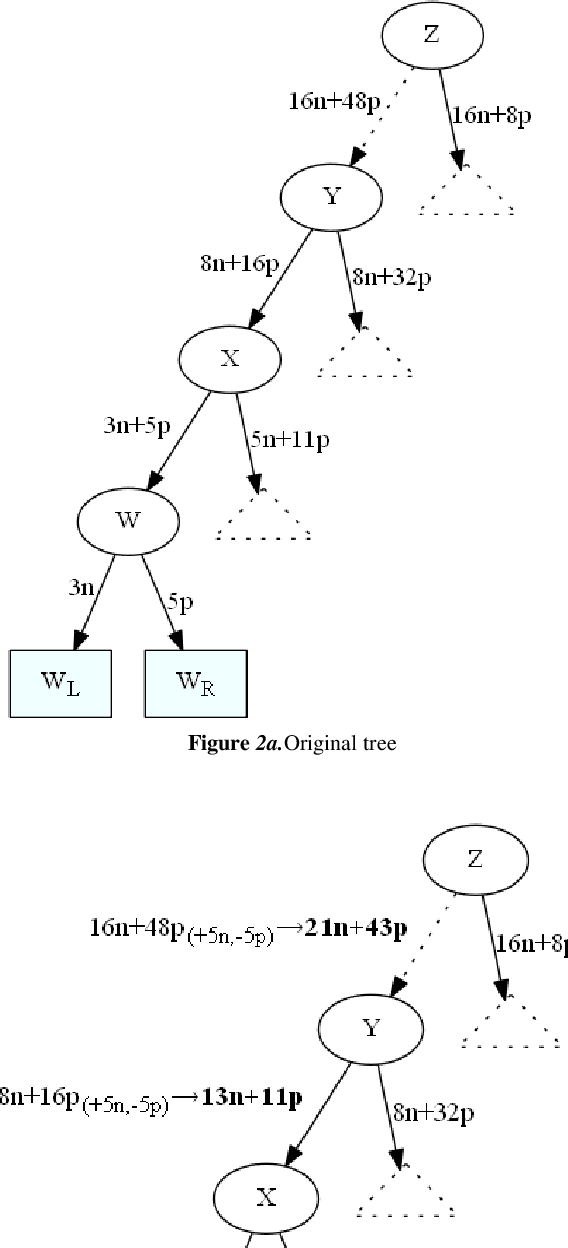
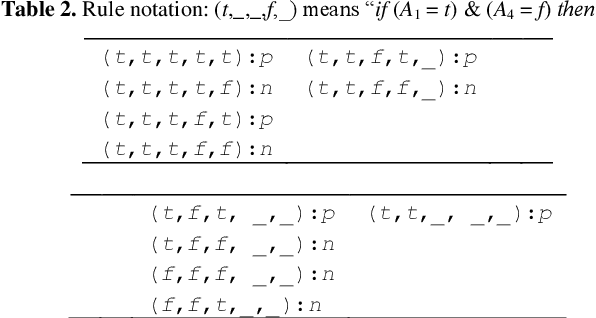
Abstract:This paper focuses on preserving the privacy of sensitive patterns when inducing decision trees. We adopt a record augmentation approach for hiding sensitive classification rules in binary datasets. Such a hiding methodology is preferred over other heuristic solutions like output perturbation or cryptographic techniques - which restrict the usability of the data - since the raw data itself is readily available for public use. We show some key lemmas which are related to the hiding process and we also demonstrate the methodology with an example and an indicative experiment using a prototype hiding tool.
 Add to Chrome
Add to Chrome Add to Firefox
Add to Firefox Add to Edge
Add to Edge